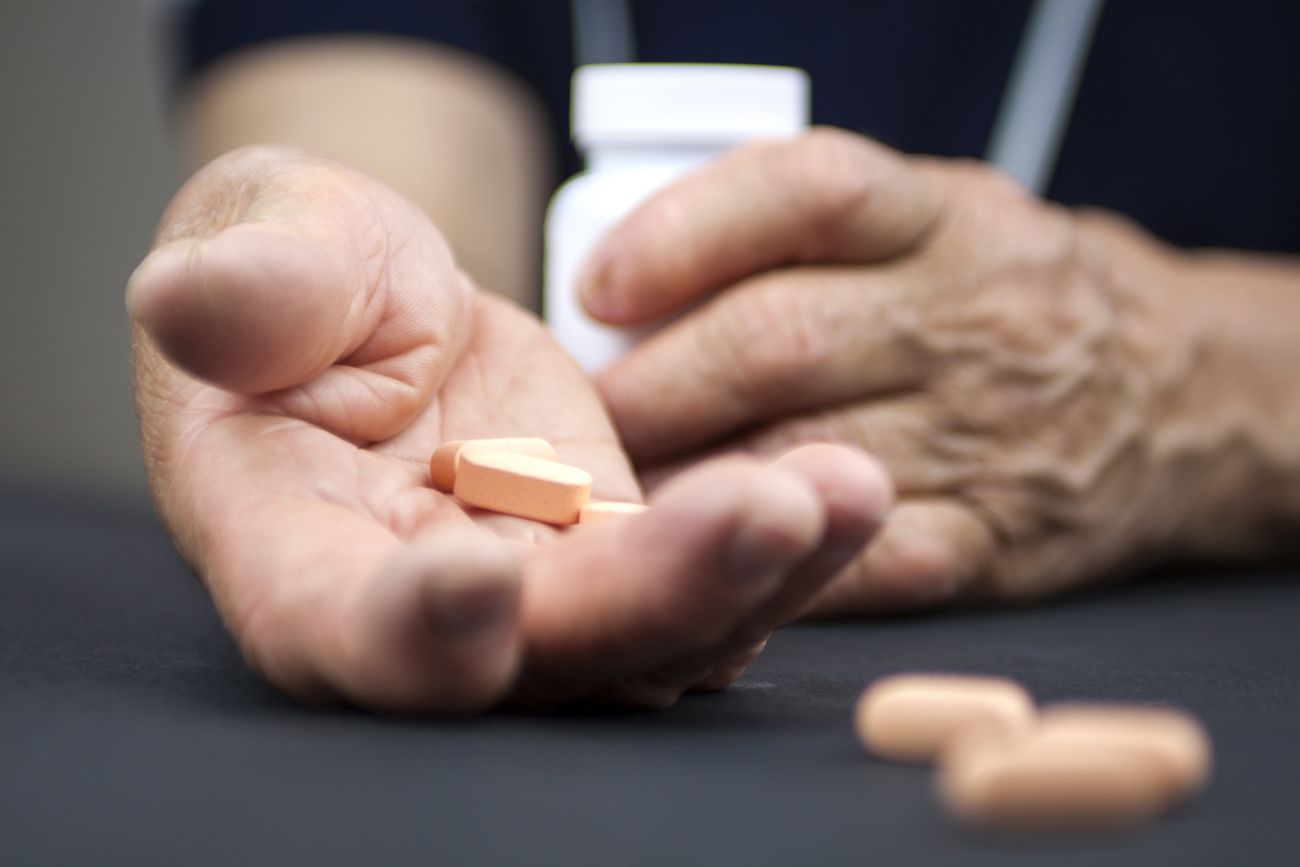A chronic inflammatory condition, rheumatoid arthritis can be debilitating. There is not a cure for rheumatoid arthritis, but there are some treatments that may help to minimize some of the symptoms.
Rheumatoid arthritis attacks the lining around the joints, causing them to swell and to become painful. Over time, the joints can become knotted and deformed. In addition to your joints, rheumatoid arthritis may also affect other parts of your body such as your eyes, heart, lungs, blood vessels, and skin.
There are several symptoms of rheumatoid arthritis. One of the most common symptoms of the disorder is painful, swollen joints. People who have RA may also notice that they have joint stiffness that is worse after they have been inactive and, in the morning, when they first awaken. People who have RA may also feel fatigued and experience weight loss and fever.
If you are diagnosed with RA, your doctor will recommend different treatments to help you to manage your symptoms. Joint pain can be especially problematic because it can make it difficult for you to be mobile. There are several treatments that may help to alleviate your joint pain so that your quality of life may improve.
1. DMARDs
A class of drugs that are called disease-modifying anti-rheumatic drugs may be prescribed to you by your doctor if you have been diagnosed with RA. The Mayo Clinic reports that these drugs work to slow the worsening of rheumatoid arthritis and may also help to prevent further damage to your joints. The Arthritis Foundation reports that DMARDs work by blocking joint inflammation. Over time, chronic inflammation of your joints can lead to permanent damage, rendering your joints unusable. Traditional DMARD medications work by blocking inflammation in your body broadly. There are also targeted DMARDs that may block pathways within specific types of immune cells.
Before you start a DMARD medication, your doctor will take an X-ray to serve as a baseline. This can allow your doctor to monitor the progression of your rheumatoid arthritis and the effectiveness of your medication over time. DMARDs are not pain relievers. They may help to reduce your pain by reducing the inflammation in your joints over time, but it may take a couple of months for them to work for minimizing pain. In the meantime, your doctor might recommend that you take NSAIDs to help you relieve your pain.
2. Biological Treatments
Biological treatments, which are called biologics, are another class of drugs that are commonly prescribed to treat the painful symptoms of rheumatoid arthritis. These are medications that have been genetically engineered to control the response of your immune system. Nine biologic medications have been developed in total, and the first one was released in 1998. These medications work by genetically engineering proteins that target specific areas of your body’s immune system.
While DMARDs use a scattershot approach, biologics are targeted treatments. If they hit the right target, then they will be very effective. It is difficult for doctors to know which target is the correct one because it varies from patient to patient. Biologics may be prescribed with non-biologic medications, and they work by blocking inflammation. When your doctor prescribes the one that works for you, they can help to reduce the pain that you experience from your joint inflammation.
3. Alternative Treatments
There are several alternative treatments that may help to alleviate some of the symptoms of rheumatoid arthritis. John Hopkins Medicine reports that taking fish oil supplements might help to alleviate pain because omega-3 fatty acids have anti-inflammatory properties. Other supplements that might also help with joint pain include glucosamine and chondroitin. These may help to reduce inflammation.
Some people derive some pain relief from acupuncture treatments. Acupuncture is an ancient Chinese medicine in which tiny needles are inserted in specific areas of the body. Magnet therapy is another treatment that might offer some benefit to people who experience joint pain caused by RA. You may find magnet bracelets, pendants or necklaces in most health food stores.
Mind-body treatments may also help to reduce the pain that you experience in your joints. These include such things as meditation, yoga, and t’ai chi. Finally, people may help to reduce their pain symptoms by eating a healthy diet while avoiding foods that are high in saturated fats and sugar.
Rheumatoid arthritis can lead to disability, making it important for you to see your doctor if you have symptoms that make you believe that you might have the condition. By getting diagnosed early and following your doctor’s recommendations, you may be able to halt the progression of the disease and minimize the pain and comfort that you experience. These treatments may help to reduce joint pain that is caused by RA by reducing the inflammation around your joints.
